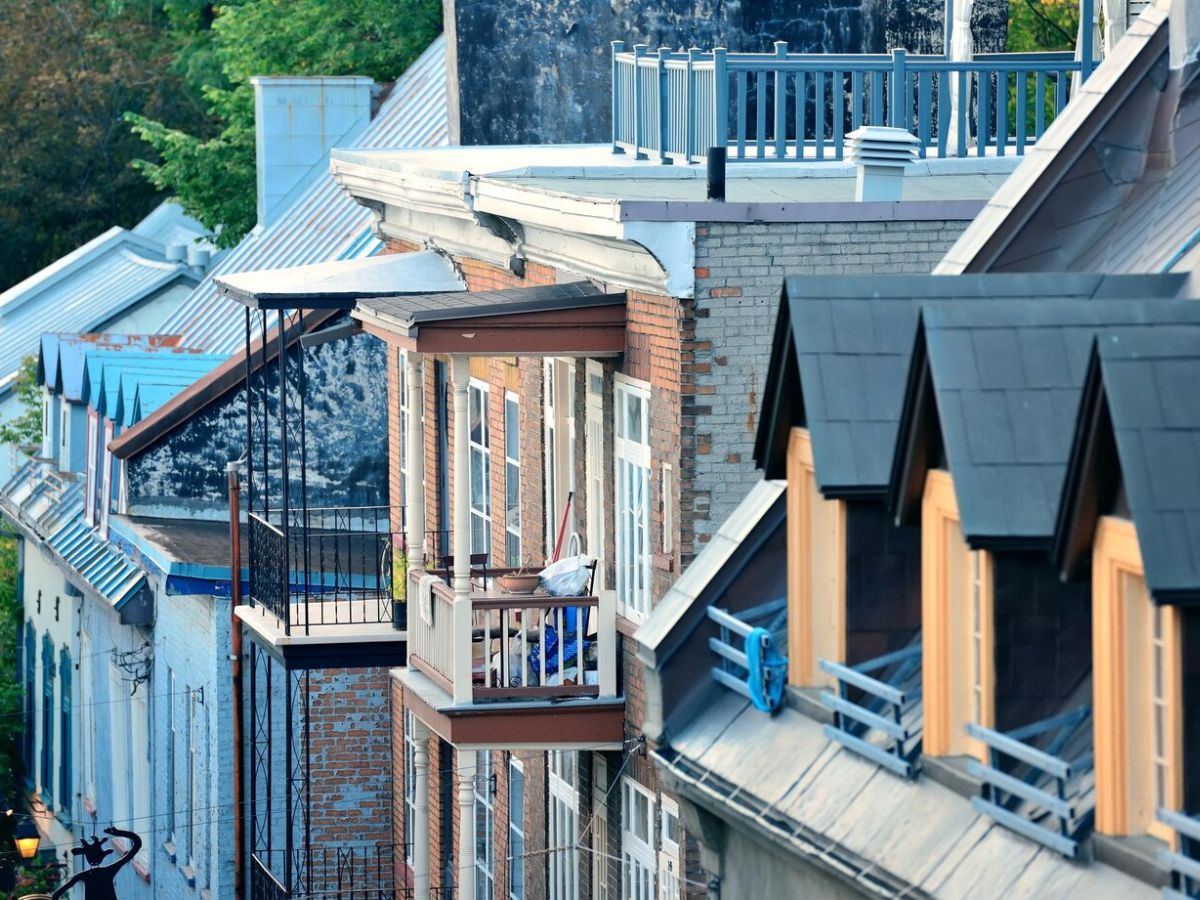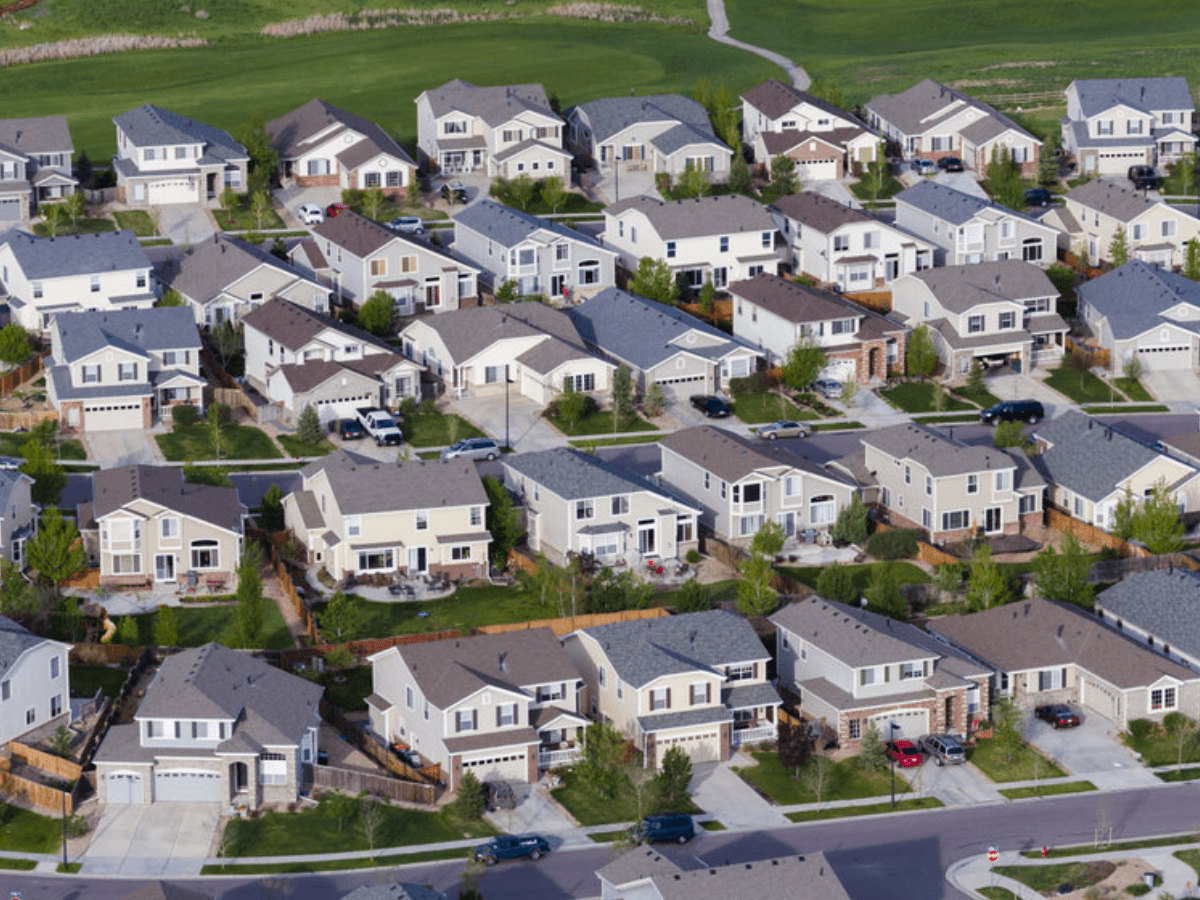
Housing Affordability Improved in 2024 After Years of Strain
After years of skyrocketing home prices and high mortgage rates, there was a small but important change in housing affordability across the U.S. in 2024.
For the first time since 2019, typical U.S. households found housing costs a bit more manageable. A household earning the average U.S. income of $83,782 now spends 41.8% of their income on the median home price of $429,734, down from 42.2% in 2023.
But it’s still well above the recommended 30% limit for housing costs. And the reality for most homebuyers remains tough.
The affordability index for 2024 is still the second-worst in history, just behind last year. High prices, limited home inventory and elevated mortgage rates mean that the dream of homeownership is still out of reach for many Americans.
The Numbers Behind the Trend
Simply put, if you wanted to buy a median-priced home in 2024 and still keep housing costs under the 30% of income rule, you’d need to earn $116,782 annually.
That’s a big jump—about $33,000 more than the typical household makes in a year. This high threshold highlights the growing divide between household incomes and housing costs.
With the median monthly housing payment hitting a record $2,920 in 2024, the situation is becoming even more strained for many buyers.
Increased wages, which grew around 4% year on year in 2024, helped mitigate the damage to a degree, but they were still far outpaced by the rising costs of housing. Mortgage rates, while slightly lower than in 2023, hovered at 6.72%, making borrowing expensive for many.
For the fourth consecutive year, the income needed to afford a home outstripped the median household income, a trend that shows little sign of reversing in the near future.
Some Places Improve, Others Decline
Although affordability remains an uphill battle in many regions, there are pockets of improvement.
In Texas, for instance, homebuyers caught a break. Austin, which has seen a surge in new home construction, had the biggest improvement among the 50 largest U.S. cities. The amount of income the average household in Austin spends on housing tanked from 42.8% in 2023 to 39.6% in 2024. This is due to a fall in home prices and more homes becoming available.
Other Texas cities like San Antonio, Dallas and Fort Worth also registered small changes, thanks to more new homes being built and more properties hitting the market.
But not everywhere is seeing relief. In cities like Anaheim and Chicago, things got worse. In Anaheim, for example, people now need to spend nearly 76% of their income to buy a typical home, up from 71.8% last year. This is mostly because home prices in areas like California are growing much faster than wages.
The California Stranglehold
California remains the punishing market for homebuyers. The state’s major cities dominate the list of least affordable metros. In Los Angeles, San Francisco and San Jose, a median-income household would need to spend more than 70% of their earnings on housing. Los Angeles, for instance, has an affordability rate of 77.6%, meaning buying a median-priced home there is simply out of reach for most. These cities have long struggled with housing supply shortages, and the price increases in 2024 only made things worse.
By contrast, the Rust Belt—comprising cities in the Midwest—has become a beacon of relative affordability. In places like Pittsburgh, Detroit and St. Louis, homebuyers can still find homes priced under $300,000.
In Pittsburgh, the typical household would spend just 25.3% of their income on housing costs, the lowest of any metro area analyzed by Redfin.
Conclusion
Housing affordability remains a nagging concern for many Americans. Though the slight improvement in 2024 is a welcome change, it does little to reverse the underlying structural issues that have plagued the housing market for years.
As Redfin Senior Economist Elijah de la Campa notes, while wages have been growing, they’ve lagged far behind the rise in home prices. And homeownership will likely remain out of reach for many Americans for the foreseeable future.



